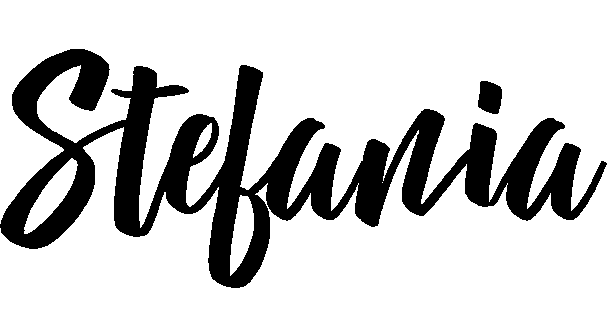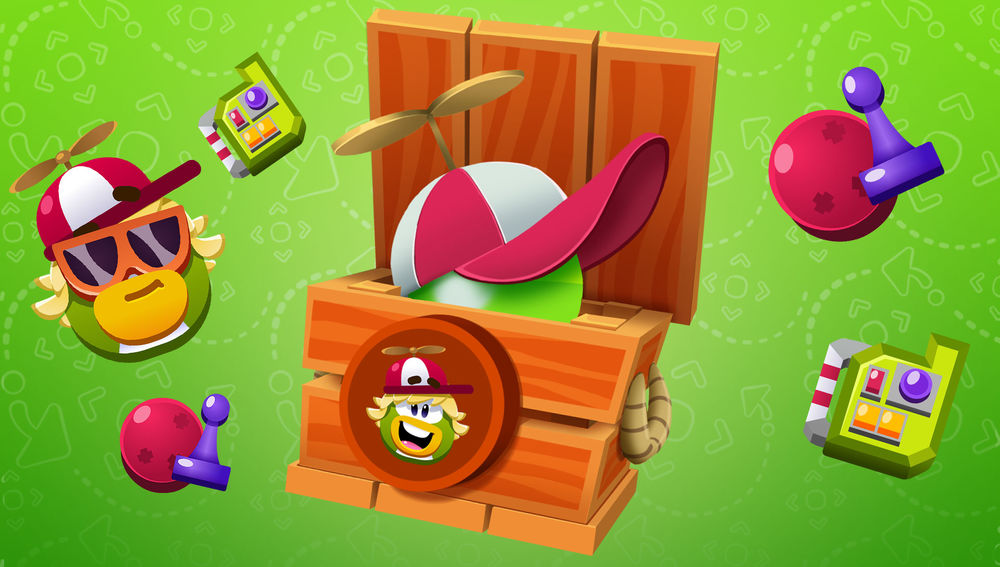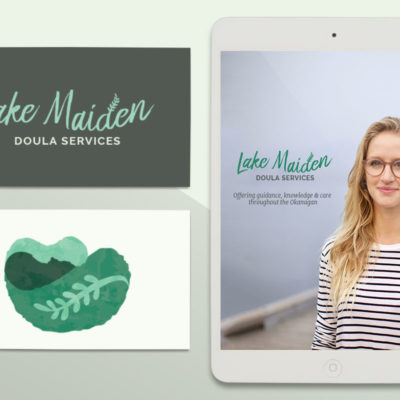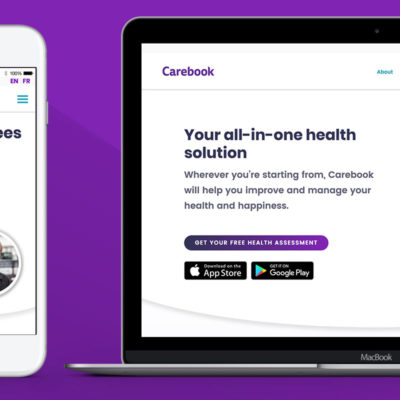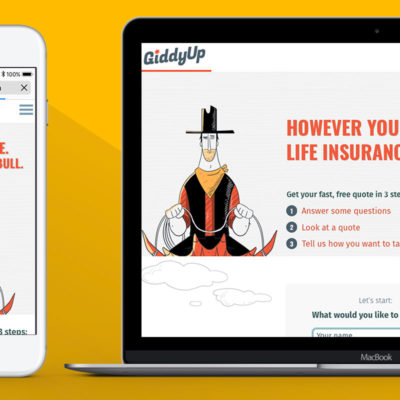Disney’s Club Penguin Island: Party Games
The Problem
As the team continued to build features out for Club Penguin Island, we wanted a way for our users to be entertained and creative without needing a large team to get it done. Our game designer started putting together a system of party games which leveraged existing locomotion, prop and world locations and allowed players to create their own unique games that could be different each time they played.
For our first game, we worked on “Marble Hunt”, a scavenger hunt styled game where 2 players would be hiding and searching for Rookie’s “lost marbles” with synchronous play on mobile and desktop platforms.
Limitations
In our ideal scenario we’d need players to be in the same room, offer up a game for others to play and then they’d all sit down and play right there. But what happens if:
- the host is at the edge of the world and cannot sit down with the other players in the predetermined grouping?
- the host leaves the game after it’s started?
- a player is already inside of an adventure and encounters another player offering a game?
There were a lot of use cases to consider from a UX and technical standpoint, and therefore a lot of whiteboarding and collaboration with the developers.

Solutions
Marble Hunt on desktop
This project required not only building out a fun party game for our players, but building out a system that we could reuse for future party games in other releases. The UI was transferable across our future games as well as the important tech the team had figured out when it came to player placement and synchronous play.
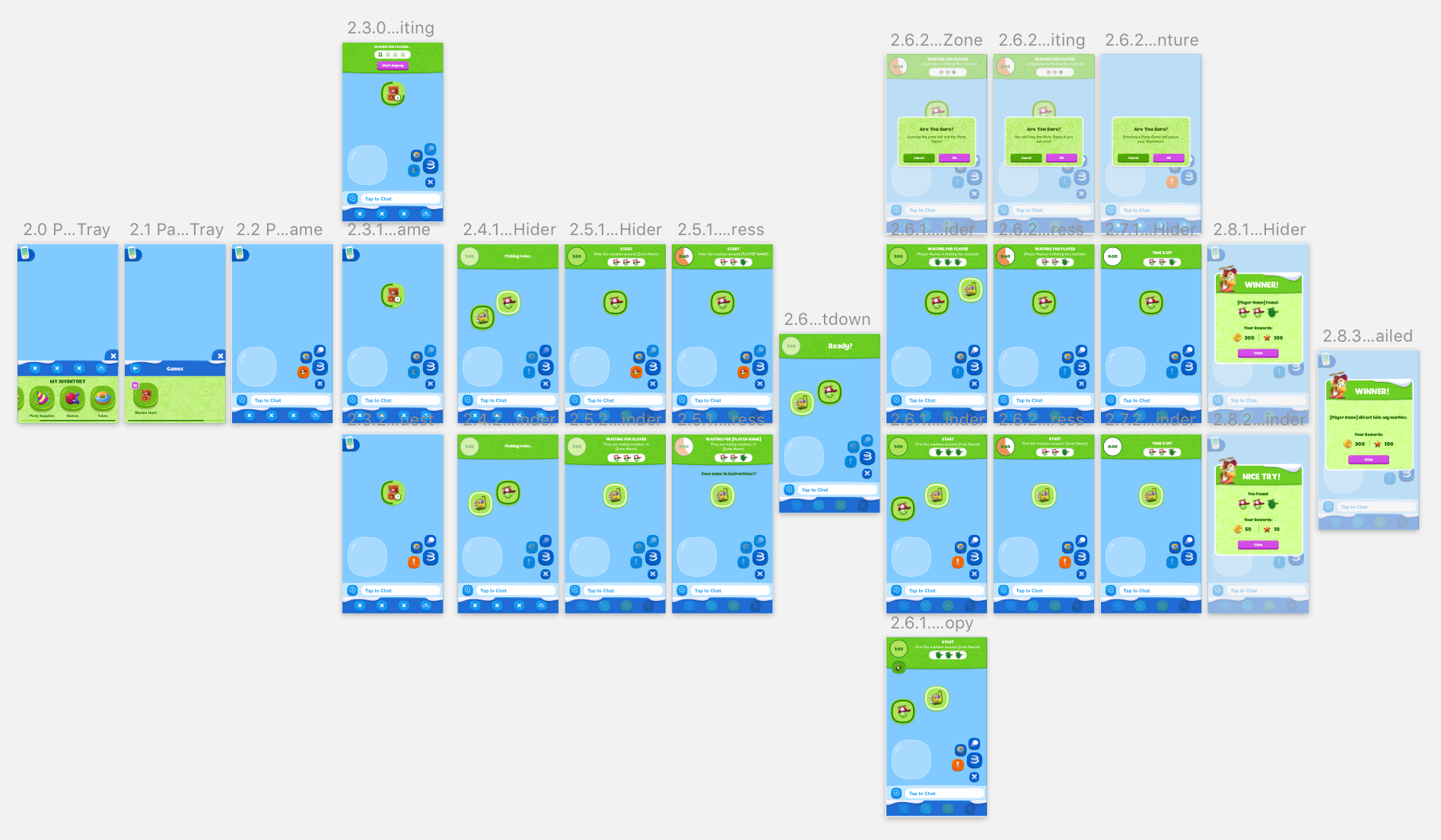

Ink or Swim on an iPad Pro
My Role
I played a large part in this project — from working with our game designer, Chris Eddy, and our producer, Rebecca Warden, on the user flow to solving technical use cases with our developers, James Hall and Simon Roscoe, to facilitating weekly meetings so that the team could touch base and play test the feature together. After collecting play test feedback, I iterated on the prototype, worked with the art team, Justin Scales and Erin Cinkant, to create appropriate assets, implemented the UI in Unity and hooked up animations.
Outcome & Learned Lessons
When party games launched, our players absolutely loved them! Members and non-members were spending 70% more time in-game than before. Throughout our releases, we relaxed some membership restrictions and released 2 more party games.
